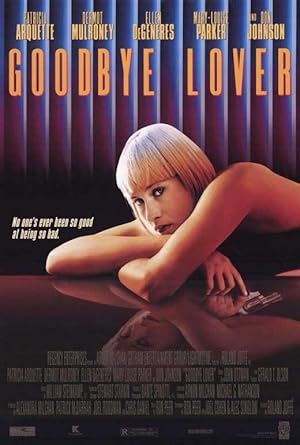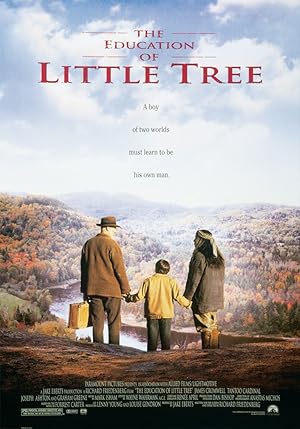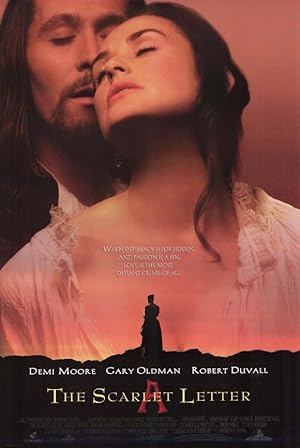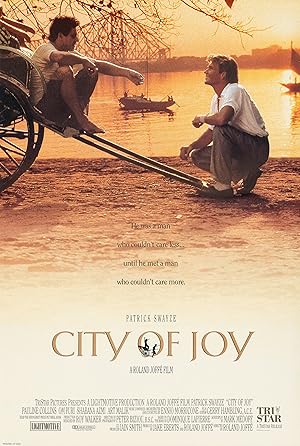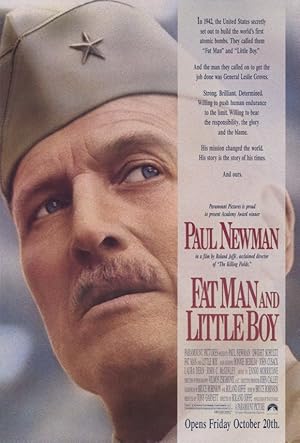Films & Shows from Lightmotive
Welcome to our dedicated collection of titles produced by Lightmotive. Renowned for its creative vision, quality craftsmanship, and cinematic innovation, Lightmotive has contributed some of the most memorable and influential works to the world of film and television. Whether you’re a longtime follower of their productions or discovering their catalogue for the first time, this selection offers a window into the storytelling excellence and artistic flair that define Lightmotive’s legacy.
The Education of Little Tree (1997)
0
Little Tree is an 8-year-old Cherokee boy, who, during the time of the depression, loses his parents and starts to live with his Indian grandma and grandpa and learn the wisdom of the Cherokee way of life.
The Scarlet Letter (1995)
2
Set in puritanical Boston in the mid 1600s, the story of seamstress Hester Prynne, who is outcast after she becomes pregnant by a respected reverend. She refuses to divulge the name of the father, is "convicted" of adultery and forced to wear a scarlet "A" until an Indian attack unites the Puritans and leads to a reevaluation of their laws and morals.
Super Mario Bros. (1993)
0
Mario and Luigi, plumbers from Brooklyn, find themselves in an alternate universe where evolved dinosaurs live in hi-tech squalor. They're the only hope to save our universe from invasion by the dino dictator, Koopa.
City of Joy (1992)
0
Max Lowe is a Houston surgeon who has grown weary of the bureaucracy of American medicine. When he loses a patient on the operating table, Max impulsively decides to leave America and travel to India in the hope of finding himself. Not long after he arrives in Calcutta, Max is attacked by a group of thugs and left without money or a passport.
Fat Man and Little Boy (1989)
1
Assigned to oversee the development of the atomic bomb, Gen. Leslie Groves is a stern military man determined to have the project go according to plan. He selects J. Robert Oppenheimer as the key scientist on the top-secret operation, but the two men clash fiercely on a number of issues. Despite their frequent conflicts, Groves and Oppenheimer ultimately push ahead with two bomb designs — the bigger "Fat Man" and the more streamlined "Little Boy."
